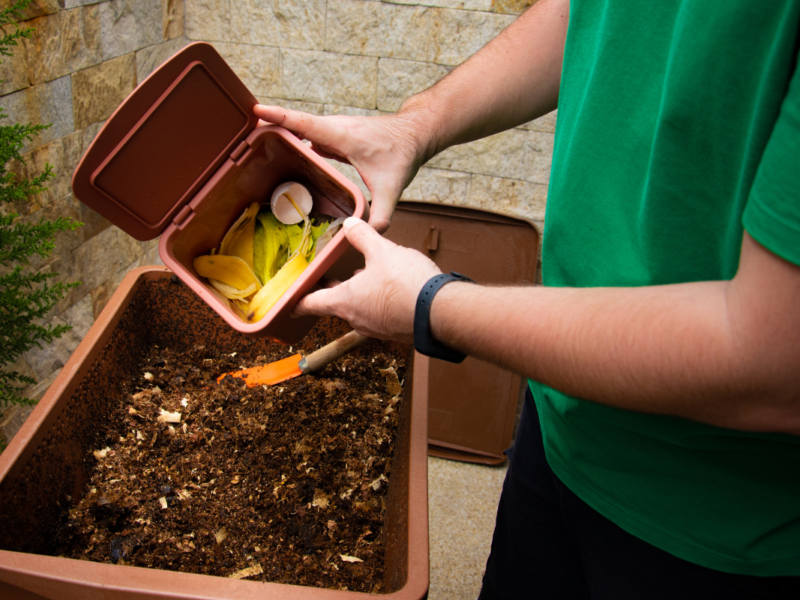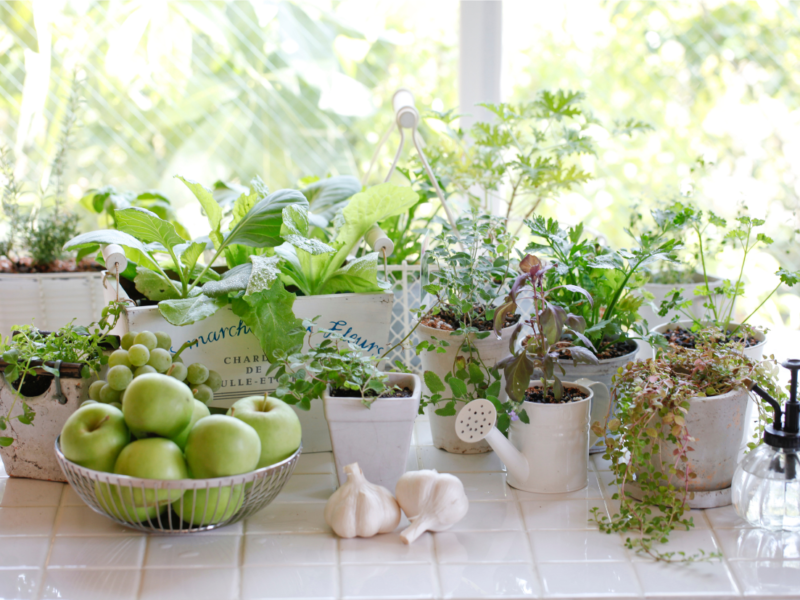Polyculture farming for gardeners may seem like an ancient practice to some, but it’s making a comeback, and with good reason. This gardening method has many benefits, including improving nutrient uptake from the soil, attracting beneficial insects, keeping out menacing bugs, and increasing diversity in the garden ecosystem.
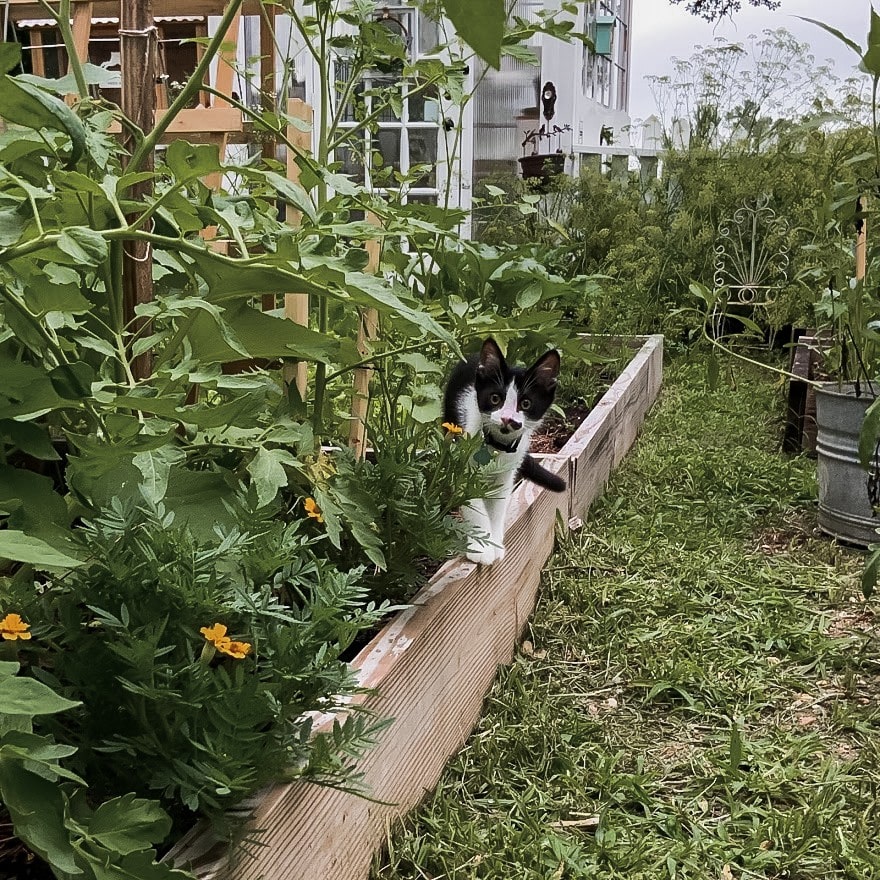
This post may contain affiliate links, which means I can receive a commission from any purchase made from the links. As an Amazon Associate, I earn from qualifying purchases. See the disclosure policy here.
Do you garden row by row or polyculture? Growing vegetables with companion plants has many great benefits. Here are some reasons you should plant your garden using the polyculture method.
Learn how polyculture gardening improves soil health, encourages more prolific harvests, and more. Are you looking for methods of organic pest control? Polyculture companion planting is exactly what your garden needs! I am showing you important reasons for growing food using polyculture gardening.
This post concerns the benefits of growing a garden with polyculture companion plantings.
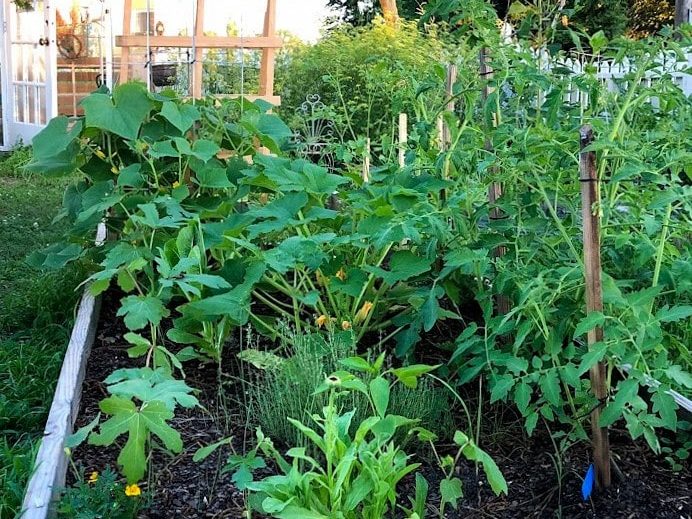
Polyculture Potpourri: Farming Tips for Diverse Gardens
Before using polyculture methods in your garden, let’s start by understanding what it is. The opposite of monoculture, which is one crop in an area such as fields of corn, soy, or wheat- Polyculture is a diversity-positive and natural way of growing foods, herbs, and flowers.
What is polyculture? Polyculture is a method of planting that has been practiced for centuries. It is based on traditional Native American agricultural practices and was also commonly used in Japan.
The term Poly means many, and Culture refers to agriculture. Thus, many cultures around the world have used it in various ways.
Read on to learn more undeniable reasons why you should be gardening with polyculture companion planting.
Polyculture is an organic gardening technique that can be as simple as planting more than one crop in a given area but also incorporates companion planting.
Companion planting has many benefits, such as improving nutrient uptake from the soil, attracting beneficial insects, keeping out menacing bugs, and increasing diversity in a garden ecosystem.
The bottom line? Companion planting has so many benefits that everyone (beginner or advanced gardener) should consider applying these principles to their gardens!
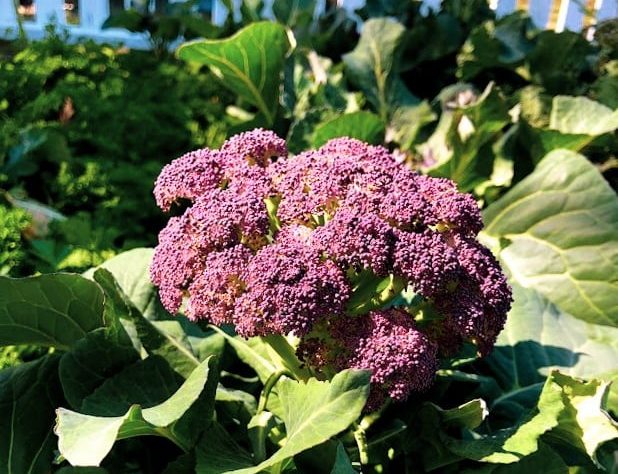
Benefits of Polyculture: It is Sustainable
Polycropping (alternatively called intercropping or multi-cropping) is simply a system of cultivating many different crops simultaneously in the same space.
This gardening style has been used for centuries by indigenous cultures but has recently seen a resurgence in popularity thanks to its benefits and people’s realization of how important sustainable food systems are to the future of humanity.
As a naturalist and gardener who uses permaculture as my primary farming methodology, I am constantly impressed by how effective polyculture is as a sustainable way to garden in any setting- rural or urban.
There is little scientific research on how garden plants work together. Experimenting with companion planting is essential. But don’t worry, you will not be left in the cold. People have been doing this for a very, very long time. This knowledge has been passed down, and we continue to learn new things as we take time to experiment.
Many gardeners have been doing this for years, and there is substantial evidence on which plants thrive together and which do better away from one another.
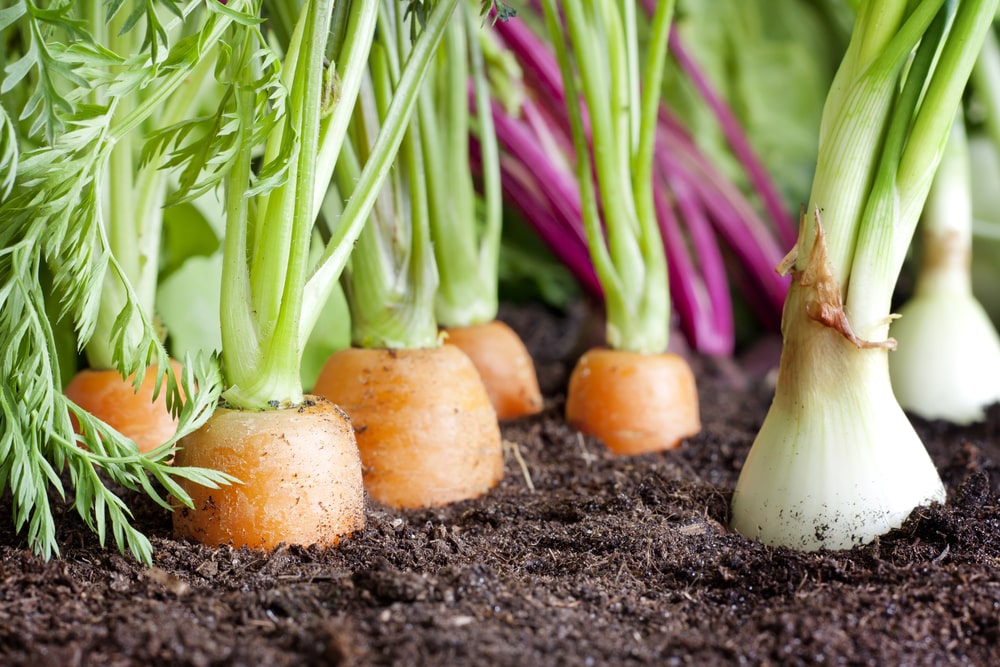
Polyculture Increases Biodiversity
Polyculture gardening is the method of intentionally growing several crops near each other instead of monoculture, which is growing a single crop.
This method has many benefits over monoculture, such as attracting beneficial insects and predators to control your garden’s pests and increasing biodiversity.
Biodiversity in the home landscape is so important, just as in every ecosystem on Earth. So, it makes sense that a healthy and productive garden should depend upon a rich ecosystem, not expensive and harmful chemical pesticides and fertilizers. It is time that we work smarter, not harder, by working with nature instead of against it.

Increasing Biodiversity Means Help with Pests
For example, marigolds help repel pests from garden beds because they emit an odor that bugs don’t like. Soil structure and microorganism composition are also much better in polycultures than in monocultures.
Polyculture plantings can create a vital ecosystem, improve soil health, increase the nutrient density of produce, and protect the beds by preventing erosion and weeds.
Use These Easy Methods of Polyculture
- Intercropping—growing two or more crops at once within rows (such as corn and beans)
- Under-cropping—growing two or more crops below another larger crop (such as lettuce under tomatoes)
- Layered planting—grow crops on top of one another.
Mixing up your garden variety will help to improve diversity in your garden ecosystem by supporting more overall plant life for beneficial insects.
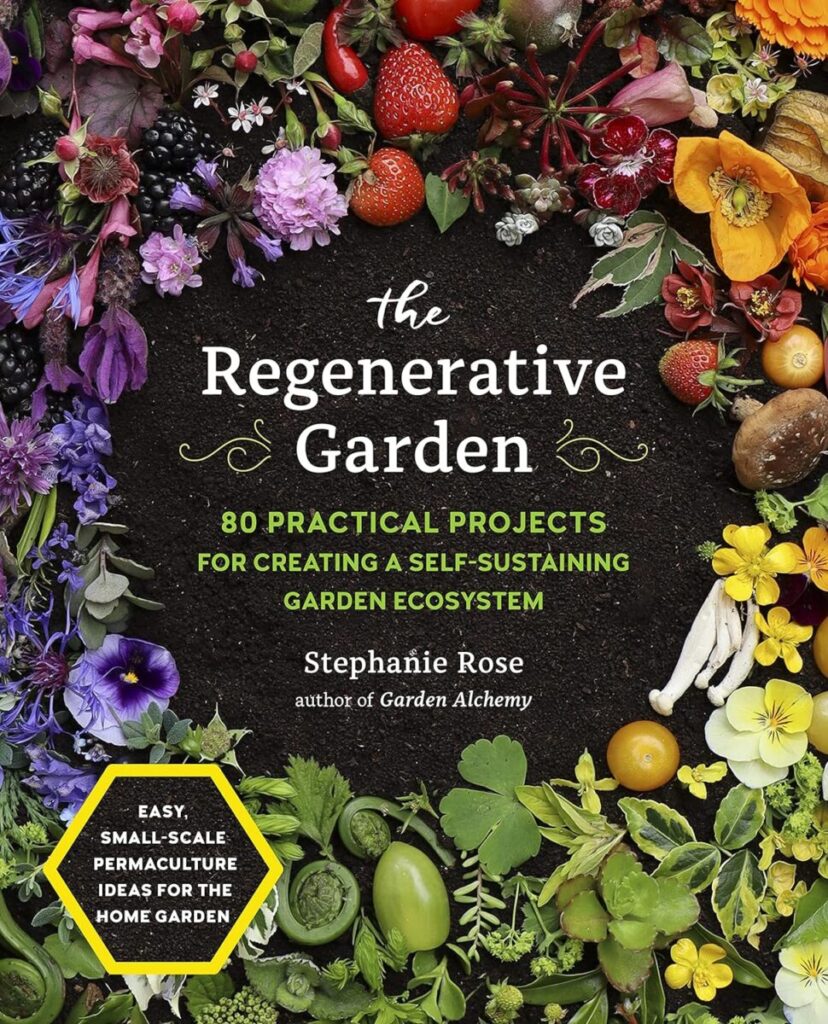
Polyculture is Efficient
Companion planting is a type of polyculture (planting many different plants together to benefit one another).
Companion planting means planting certain plants next to each other for maximum efficiency. Some plants repel harmful insects, some attract beneficial insects, and others improve overall health by adding nutrients from their roots or leaves to the soil.
Companion planting generally pairs vegetables/fruits or herbs with similar water and nutrient needs. For example, plant marigolds around tomatoes to keep pests away because they’re attracted to them, and plant carrots near beans for an extra dose of nutrients.
Companion Planting is Not Just a New Fad!
Companion planting is a technique that goes back centuries and combines plants to boost their growth and deter pests. In companion planting, two or more crop, flower, or herb species are grown close together to benefit one another.
Each plant has something to offer: its leaves may shade another from the heat of the summer sun; its roots may bring up nutrients from deep in the soil; its flowers may attract useful insects for pollination; and so on.
You can save time and money by placing companion plants next to each other to maximize their benefits. You can also grow organically and in sync with nature to make your effort less and your reward greater.
Growing food is essential to a sustainable lifestyle. Learn how you can reduce food waste here.

Polyculture is Working With Nature Instead of Against it!
It’s an ideal way to get more out of your garden. By planting multiple crops together, they can assist each other in growing. For example, companion planting can ensure that roots don’t compete for nutrients, attract beneficial insects (which help control pests), or maximize water use.
Every plant has a unique set of problems and solutions, and part of being an effective gardener is learning which combinations work best for particular species. To learn more about companion planting, check out our guide on Free Garden Planner + Companion Planting!
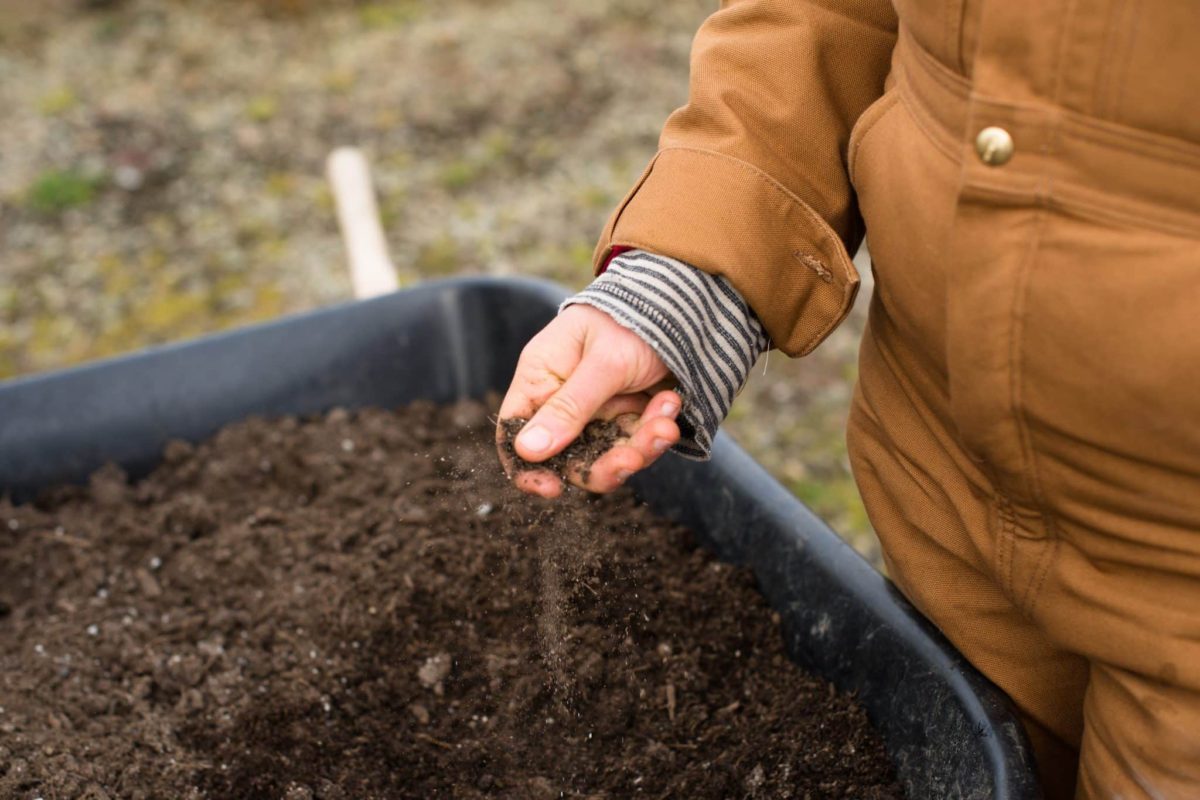
Companion Planting Improves Soil
Planting several different vegetables, herbs, and flowers together improves soil quality. Companion planting can improve nutrient uptake from soil.
Certain plant companions have deep and fibrous root systems that increase water penetration in soils that have been compacted or may have low organic matter content.
With each plant, a garden bed’s root network grows thicker and more fibrous. A bigger, healthier root system means plants can absorb more water deeper into the soil and take up a wider variety of nutrients.
One of those nutrients is nitrogen (N), which is essential for photosynthesis but difficult for plants to obtain because it is so common.
Root depth is a major factor in how much of a nutrient a plant absorbs, so companion plants may help other plants take up nutrients such as nitrogen, phosphorus, and potassium more effectively than if grown alone.
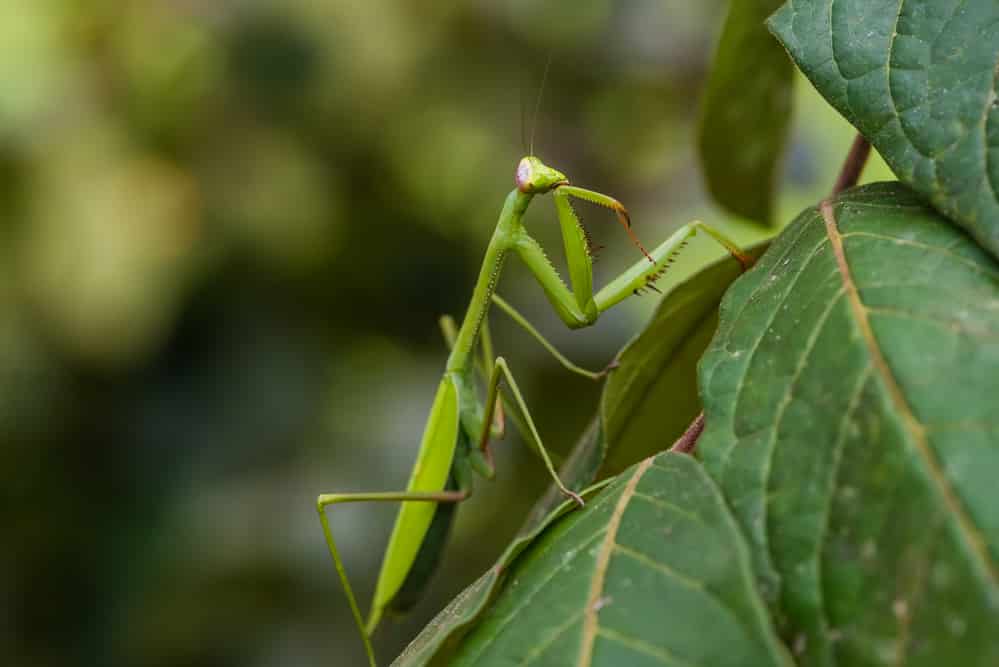
Polyculture Farming Means No More Pesticides
Companion planting can attract beneficial insects to your garden. Certain companion plants provide essential resources for beneficial insects, increasing their populations and encouraging them to stay longer in your garden area.
Polyculture farming for gardeners has guidelines that will help to keep out menacing bugs that eat up your cabbages and wreak havoc on your tomatoes! Attracts Beneficial Insects Many beneficial insects help protect your plants from their insect enemies by eating harmful insects or giving out pheromones that attract natural insect predators such as ladybugs or praying mantises.
Read more about the importance of biodiversity and your health.
Companion planting diversifies and enhances the garden ecosystem.
Diversity matters: Polyculture gardens are more diverse than those planted with single species because they utilize vertical space and multi-leveled growing methods.
Planting choice herbs and vegetables together can reduce, if not eliminate, the need for harmful pesticides.
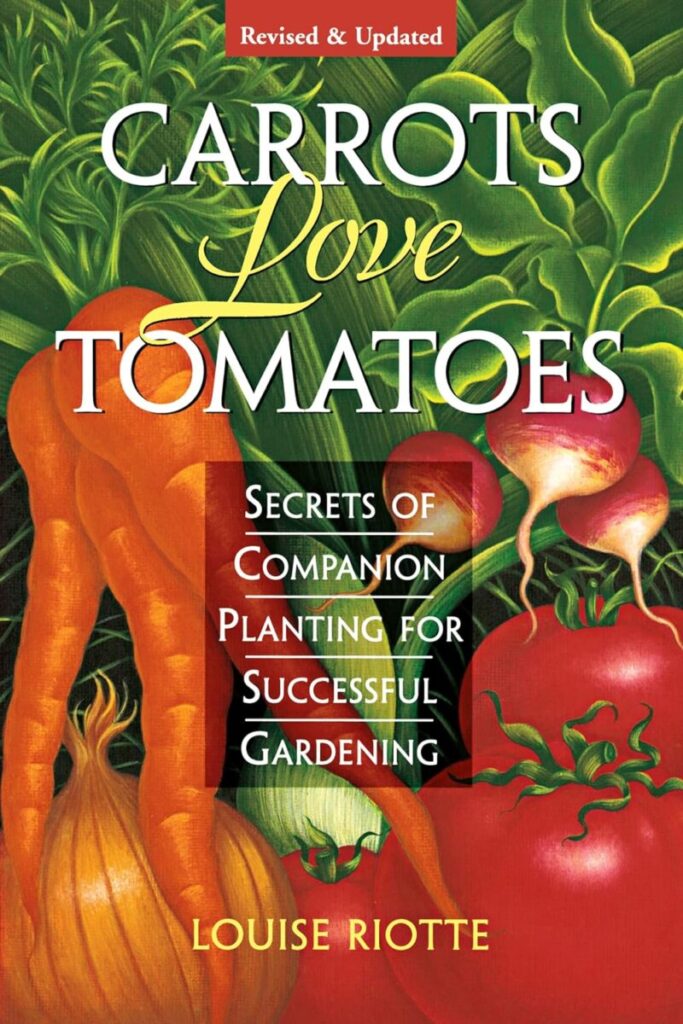
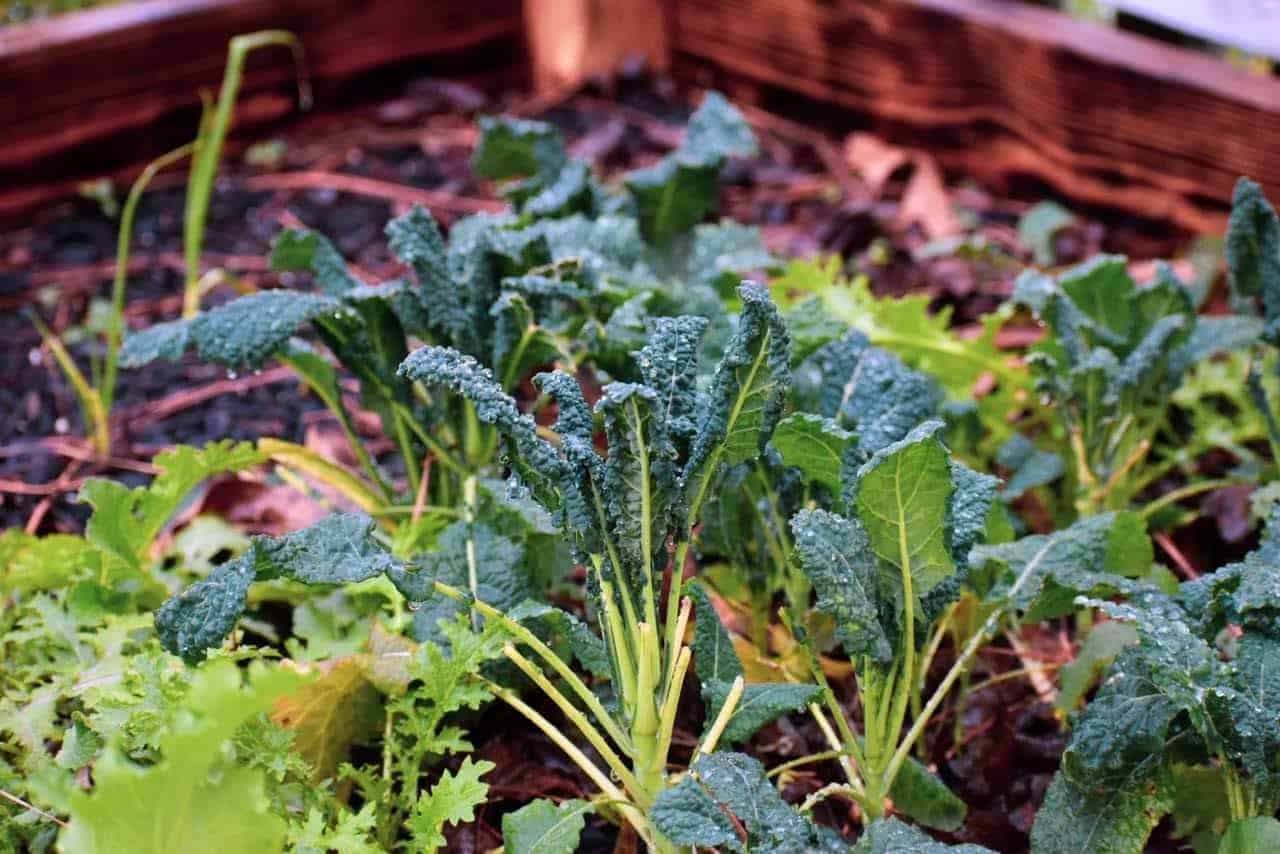
Polyculture Farming For Gardeners Makes Gardening Easier
Planning a year-round garden with companion plantings means that your garden can be beautiful and productive, even during the winter months.
Place kale and greens amongst peppers and tomatoes at the end of summer to fill in the spaces. This keeps weeds out and fills in for a smart end-of-season solution that enriches the soil and makes work easier in the spring.
No tilling is needed for a polyculture garden. This method works with nature to build the soil organically, and tilling can disrupt the ecosystem. No more tilling means you have more time to sit back and relax!

Using Polyculture Farming to Prevent Disease in Plants
Companion planting can also prevent particular diseases from spreading. For example, one way to control a fungus in your garden is to plant basil nearby. The smell helps repel bugs that carry it.
Why should you start using polyculture in your garden? Companion planting has many benefits, such as improving nutrient uptake from the soil, attracting beneficial insects, keeping out menacing bugs, and increasing diversity in the garden ecosystem.
Polyculture is a natural way to grow an organic garden without chemical pesticides and fertilizers.
Planting multiple plant species that work well together builds the soil and keeps weeds out. You will have healthier plants, which leads to larger harvests and longer growing seasons!

